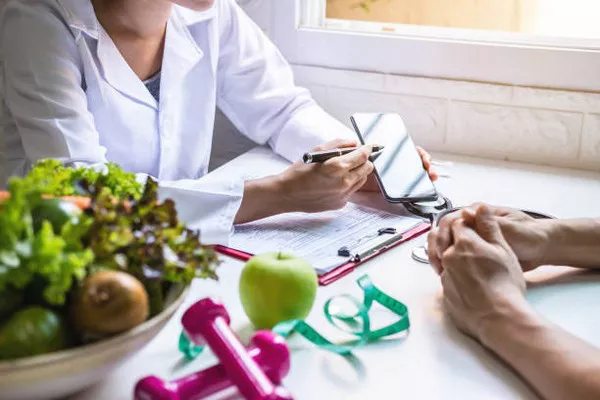When taking GLP-1 medications for diabetes or weight loss, dietary choices play a crucial role in optimizing your health and managing side effects. Here’s a guide on what to eat and avoid while on these medications.
Importance of Diet
Why Diet Matters on GLP-1s
GLP-1 receptor agonists, like Ozempic, Wegovy, and Trulicity, work by slowing gastric emptying, which helps you feel full longer and reduces appetite. However, this can also lead to gastrointestinal side effects such as nausea, bloating, and constipation. Managing your diet effectively can help alleviate these symptoms and ensure you meet your nutritional needs despite a reduced appetite.
Foods to Eat
Foods to Consider on a GLP-1
Although there’s no specific “GLP-1 diet,” the following evidence-based recommendations can help you manage your health effectively while on these medications:
Soft Foods: To combat nausea and gastrointestinal discomfort, start with soft or blended foods that are easier on the stomach. Opt for:
- Greek yogurt
- Overnight oats
- Protein shakes
- Soft fruit like applesauce
- Smoothies
These options provide essential nutrients while being gentle on your digestive system.
Fiber-Rich Foods: Incorporating fiber helps prevent constipation and supports overall digestive health. Aim for foods high in fiber, such as:
- Almonds (3.5 g per serving)
- Apples with skin (4.5 g per serving)
- Baked potatoes with skin (4 g per serving)
- Brown rice (3.5 g per serving)
- Chia seeds (10 g per serving)
- Green peas (9 g per serving)
- Quinoa (5 g per serving)
Daily fiber intake should be around 38 grams for men and 25 grams for women, but adjust based on your tolerance to avoid exacerbating nausea.
Lean Protein: Adequate protein is crucial to counteract muscle loss during rapid weight loss. Good sources include:
- Beans, peas, and lentils
- Chicken and turkey
- Dairy products like yogurt and milk
- Fish such as salmon
- Nuts and seeds
- Soy products like tofu
Aim for 25 to 30 grams of protein per meal.
Foods to Avoid
Foods to Avoid on a GLP-1
Avoid foods that are high in empty calories or that may worsen gastrointestinal symptoms:
- Foods and drinks with added sugars (e.g., juice, soda, cakes)
- High-fat foods (e.g., pizza, fried chicken)
- Refined carbs (e.g., white bread, crackers)
- Ultraprocessed foods (e.g., chips, pastries)
Additionally, avoid foods that trigger personal gastrointestinal discomfort, such as acidic fruits or spicy foods.
What About Alcohol?
GLP-1 Medications and Alcohol
While no dangerous interactions between alcohol and GLP-1s are known, it should be consumed in moderation:
- Women: No more than one drink per day
- Men: No more than two drinks per day
Alcohol provides empty calories and can displace more nutritious food choices, potentially impacting your overall health.
Other Tips
Stay Hydrated: Drink plenty of water to combat dehydration, which can be exacerbated by nausea. Adequate hydration supports digestion and helps manage side effects like constipation.
Eat Small Meals More Often: Large meals can increase gastrointestinal discomfort. Instead, focus on smaller, nutrient-dense meals throughout the day. Ensure a few hours between dinner and bedtime to prevent acid reflux.
Take a Walk After Meals: Gentle physical activity, such as walking, can aid digestion and help with blood sugar regulation.
Takeaways
GLP-1 medications can effectively reduce weight by prolonging fullness, leading to fewer and smaller meals. To ensure nutritional adequacy and manage side effects, focus on nutrient-dense foods, including those high in fiber and protein. Adjust your diet based on your tolerance and consult with healthcare providers to tailor your food choices to your needs.


